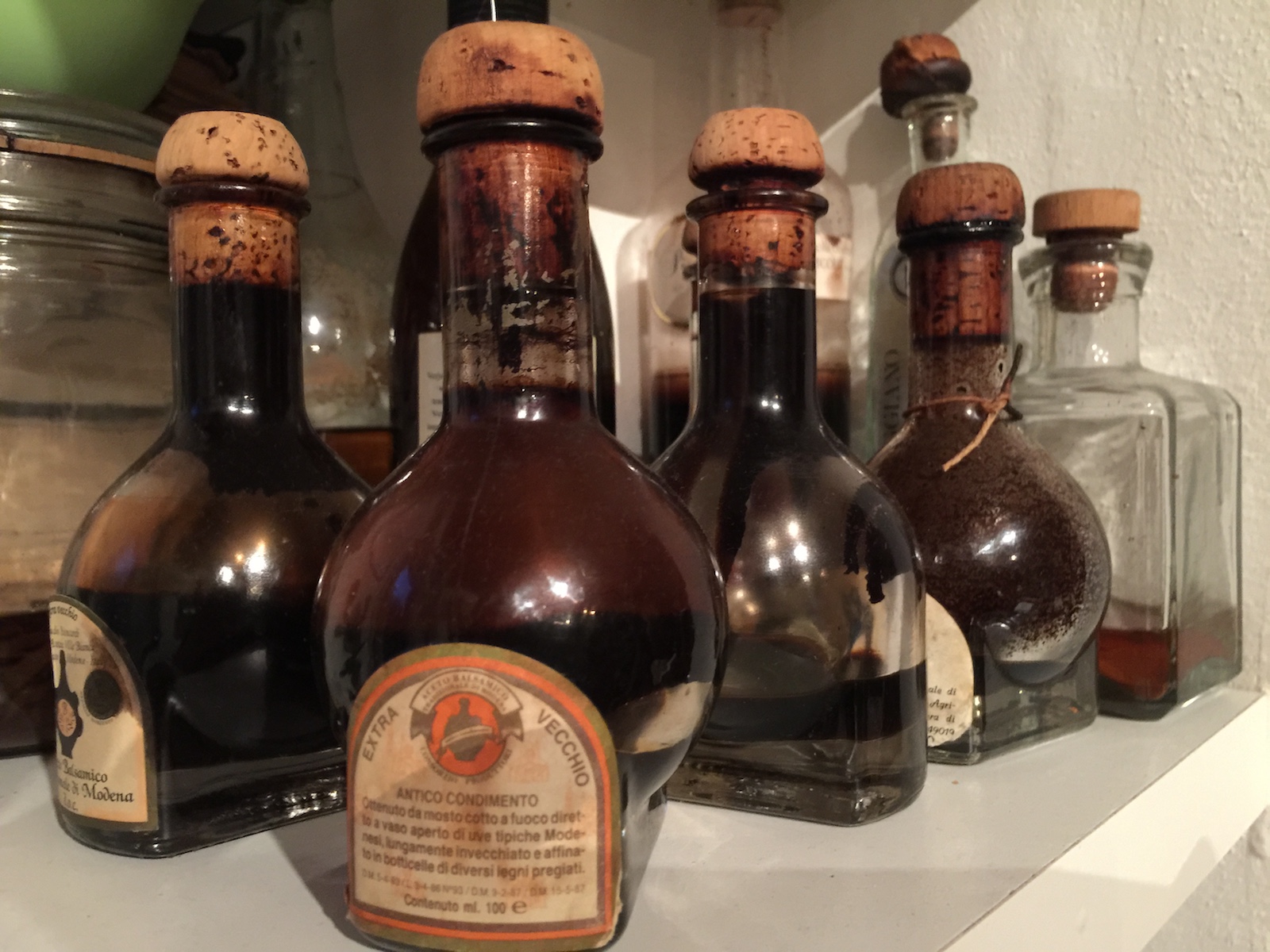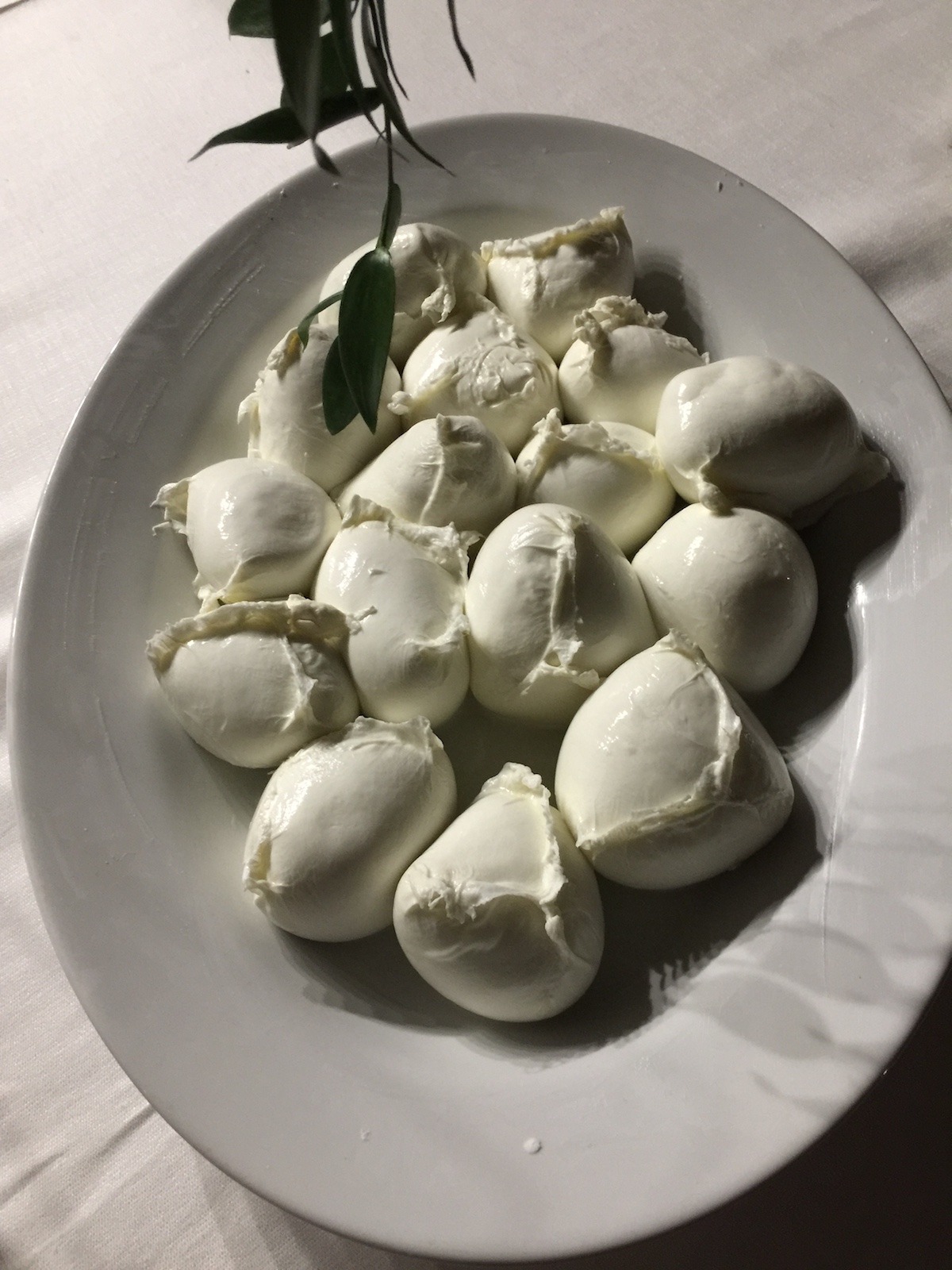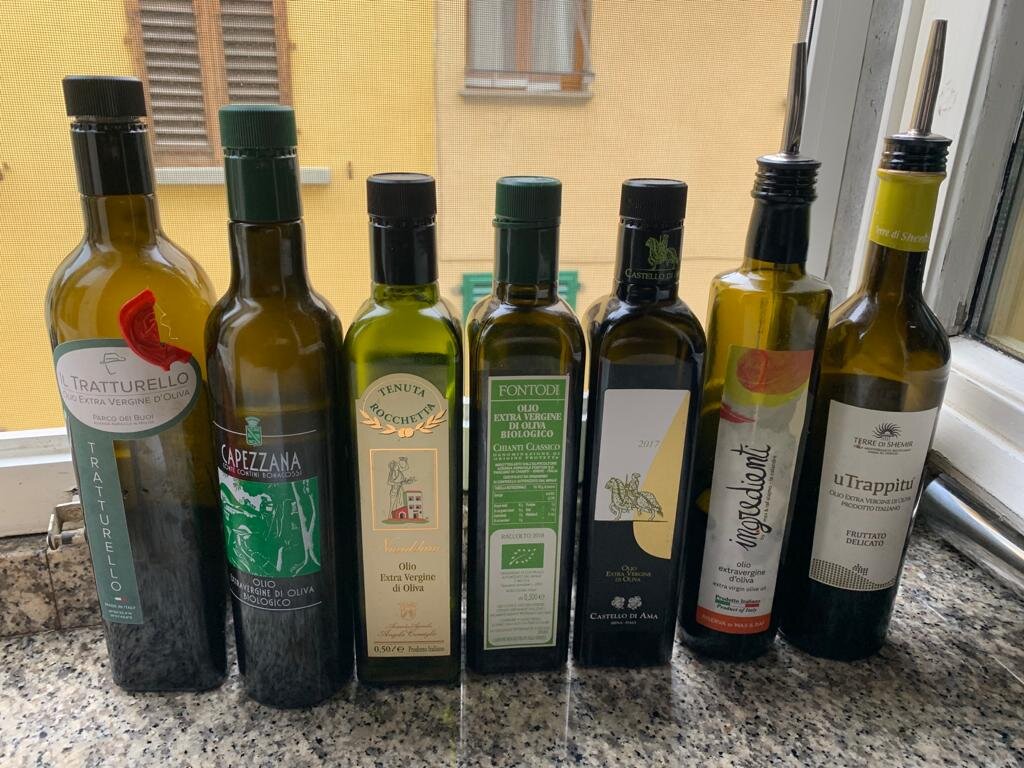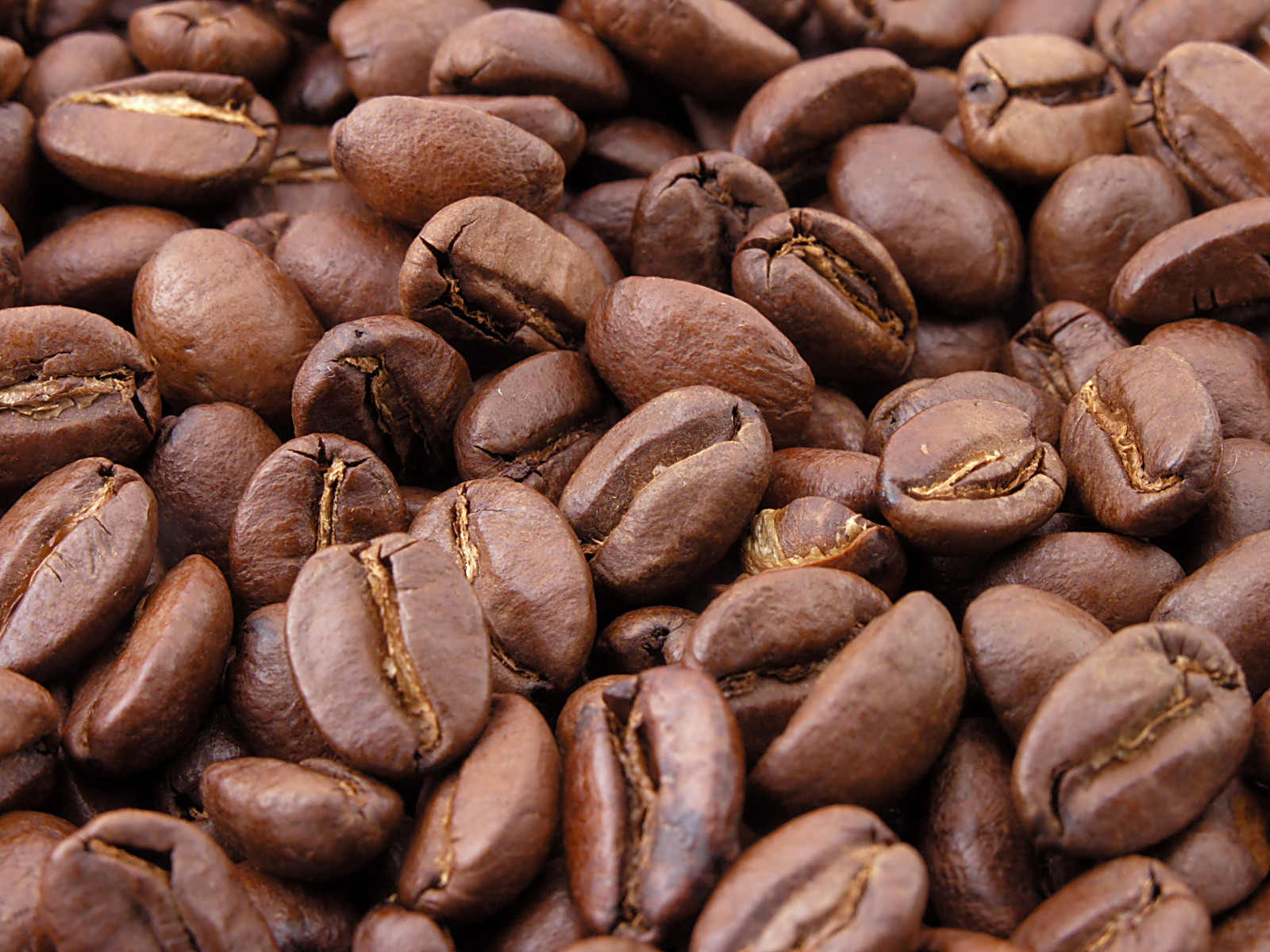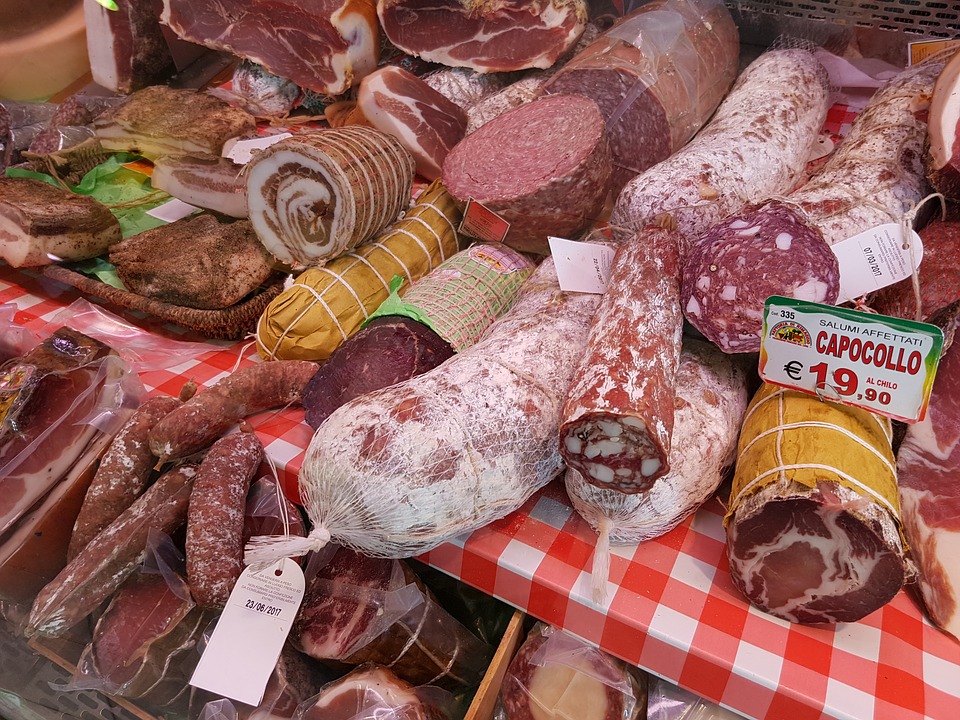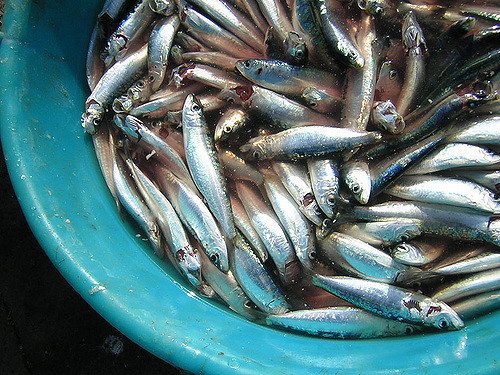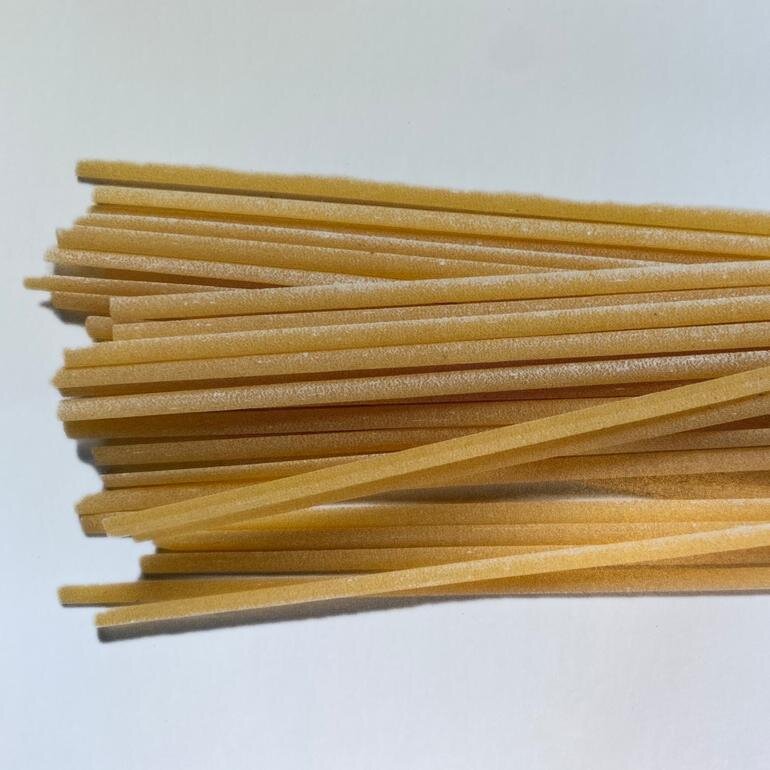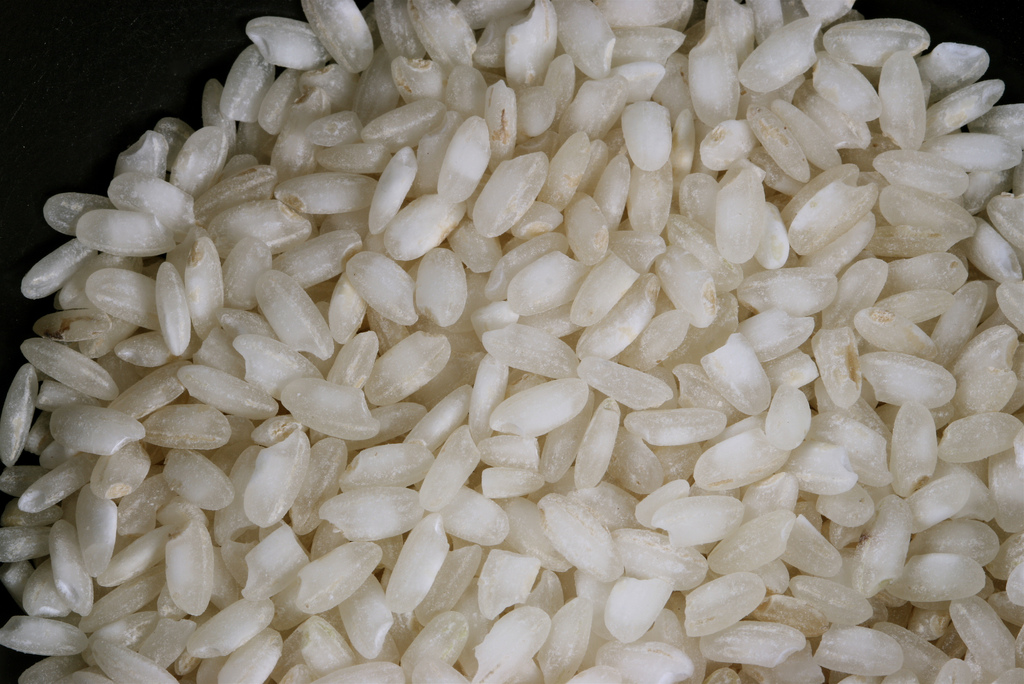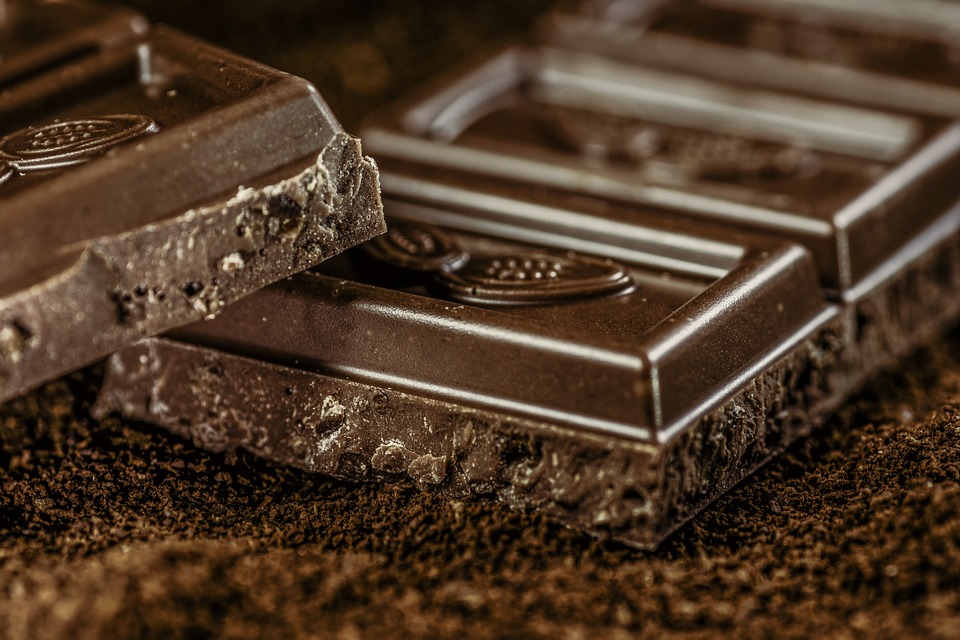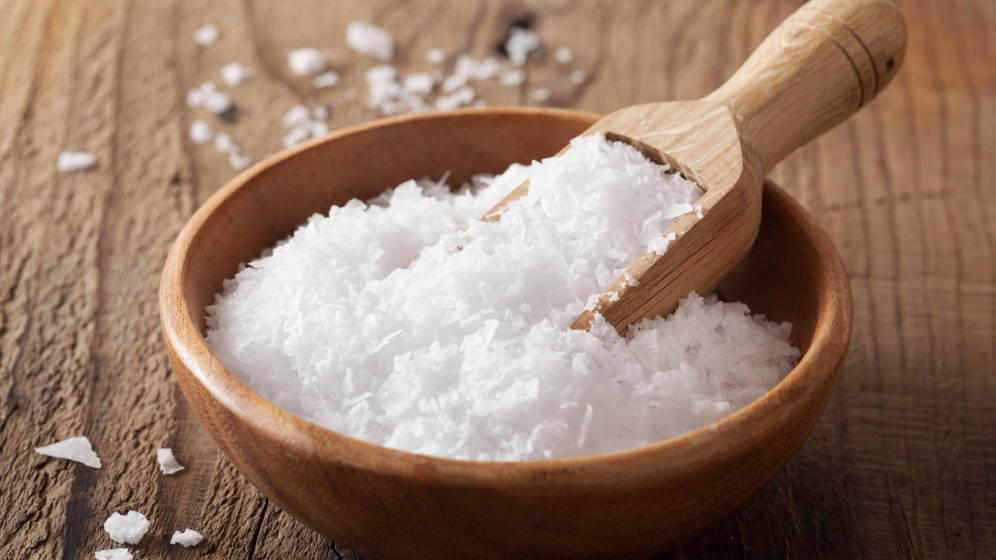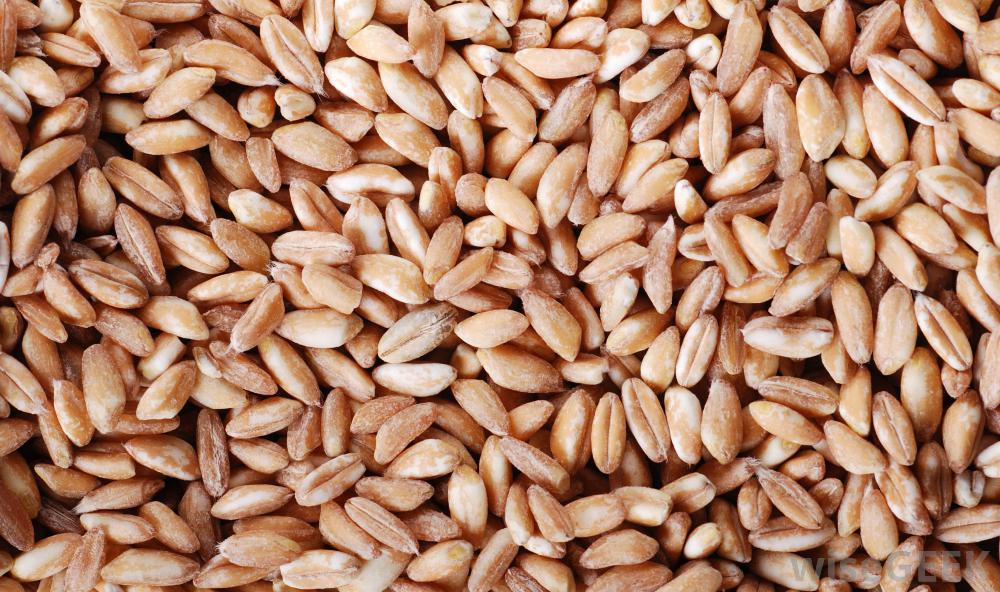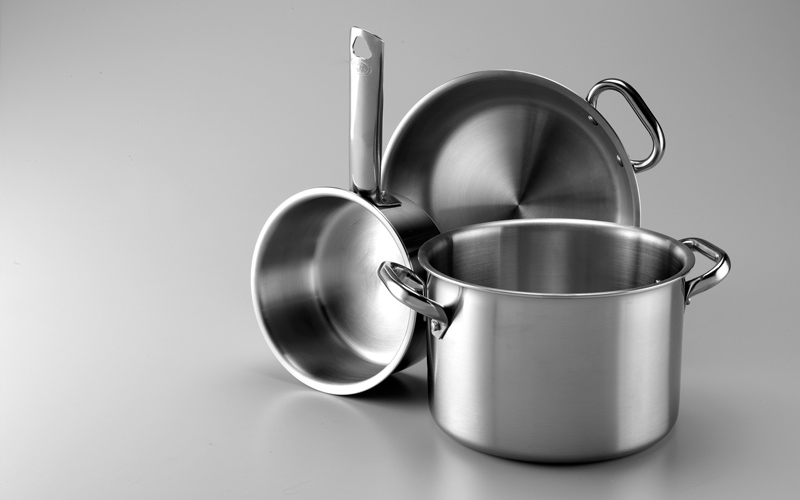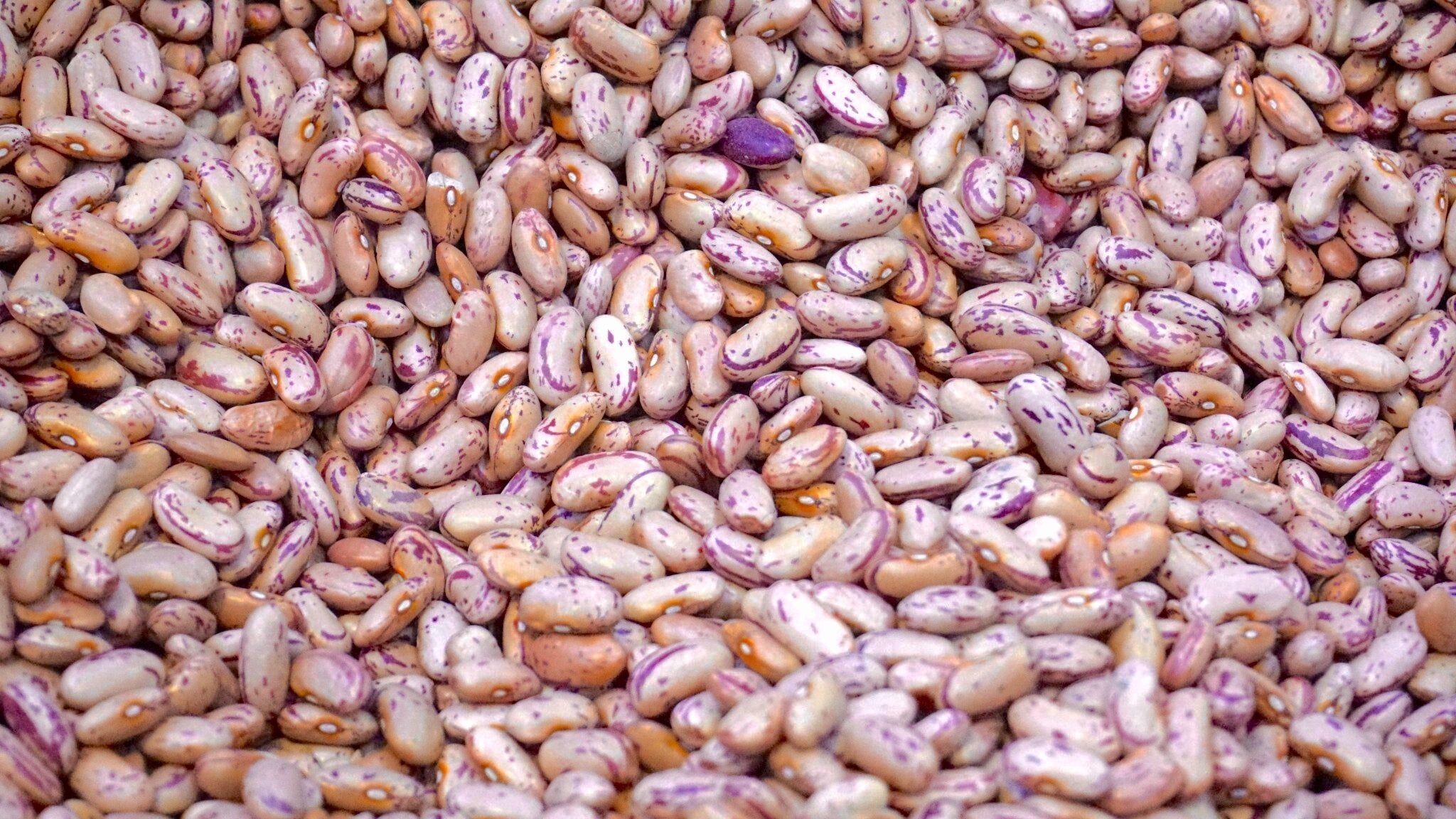Don't confuse traditional balsamic vinegar with the stuff on your supermarket shelf, a totally industrial product. The real stuff never has an age in years, simply because it's a blend of many different ages, a long and involved process of concentrated wine must, aging, wooden casks of various dimensions and different woods. The best is bottled by a consortium from Modena. The only non-consortium product that I use is Villa Manodori, regular or dark cherry, made by super-chef Massimo Bottura. And white or fig balsamic or that made from any other fruit simply doesn’t exist in Italy.
All about Balsamic vinegar.
When and how did aceto balsamico "balsamic vinegar" invade the culinary scene worldwide? Produced on a tiny scale around Modena for centuries, balsamico began putting in sneak appearances abroad in the late seventies. Its success spawned a craze and then an industry, which produces balsamic vinegars for supermarkets everywhere.
For twenty years, a war has raged in Modena between producers who make over thirty million bottles (1/4-liter or larger) of commercial balsamic vinegar and a consortium of farmers and landowners who make, in the ancient way, only twenty thousand bottles (at less than four ounces, these look more like bottles of perfume). Artisanal producers of the real thing keep much of what they make for their own use, so what comes to market is sold at a premium.
How could vinegar be so precious? Consider how it is made. Traditionally, fresh-pressed juice of white Trebbiano grapes (from the hills near Modena) is simmered to concentrate the flavors and to reduce the liquid by 30 to 70 percent. Then it's aged in a series of five or more casks, each smaller than the last (as more and more water evaporates) and made of a different wood. A set of these barrels is called a batteria, with oak, ash, cherry, chestnut and mulberry used most often. The oak cask is generally the largest, at sixty liters, and mulberry the smallest, at twenty. Through at least ten and as many as fifty years of aging in casks, the vinegar is stored in an attic, exposed to the heat of summer (which activates fermentation) and the winter cold (which blocks it). The final product is dark brown, syrupy, with a lightly acidic flavor and well-balanced sweetness. Under Italian law it is classed as food, not as vinegar.
To safeguard the quality of their product, artisanal producers formed, in 1979, the Consorzio Tra Produttori Dell'Aceto Balsamico Tradizionale di Modena. But big manufacturers countered with their own consortium (Consorzio per la Tutela di Aceto Balsamico di Modena). Buyers beware: the commercial vinegar is made with a blend of cooked grape must and wine vinegar that's seasoned for an unspecified time (I doubt whether it even visits a barrel!). Italian law declares it vinegar, not food.
So how do you recognize the good stuff? First, look for the words Aceto Balsamico Tradizionale and the seal of the Consorzio ABTM on the label. Second, the consortium members all use the same bottle, short and chubby with a rectangular bottom. Finally, check the price. In Modena, a four-ounce bottle of 12-year-old balsamico will cost around thirty dollars; the 25-year-old may run over eighty. Outside Modena it will cost even more, and beyond Italy the price may triple! But, remember, this essence can be savored by the drop.
For more information: Consorzio ABTM
September 16, 1997
Also in the Pantry...
Share this article
